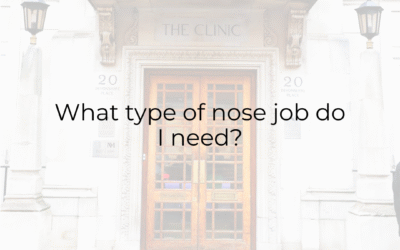Rhinoplasty, often called a nose job, is one of the most popular cosmetic procedures out there. Whether you’re considering it for medical reasons, such as correcting a breathing issue, or simply to enhance your appearance, deciding to undergo surgery is a big step. To help you make an informed choice, here’s what you should consider before taking the plunge.
Understanding the Procedure
A rhinoplasty is a surgical procedure that reshapes the nose, making it smaller, larger, or altering its structure to achieve better balance with your facial features. It can also address functional problems like a deviated septum. The surgery usually takes between one to three hours and can be performed under general or local anesthesia, depending on the complexity.
Before moving forward, it’s crucial to understand that rhinoplasty isn’t a one-size-fits-all operation. A skilled surgeon tailors the procedure to suit the unique contours of your face and your desired goals. Open and honest communication during consultations will help ensure you’re on the same page.
Setting Realistic Expectations
Before any cosmetic procedure, it’s important to have realistic expectations. While rhinoplasty can bring noticeable improvements, it may not result in a “perfect” nose—because perfection varies from person to person. Instead, the goal is to create a natural-looking nose that fits your face in harmony. Viewing before-and-after photos of past patients and discussing potential outcomes with your surgeon can help you set clear and reasonable expectations before committing.
Choosing the Right Surgeon
Selecting the right surgeon is arguably the most important step in your rhinoplasty journey. You want a board-certified plastic surgeon or facial plastic surgeon with extensive experience in rhinoplasty procedures. Check reviews, ask for recommendations, and don’t hesitate to request before-and-after photos of their previous work. During consultations, ask detailed questions about their approach and whether they have experience addressing your specific goals.
A reliable surgeon will prioritize your safety and satisfaction, walking you through the details of the procedure, any associated risks, and expected results.
The Recovery Process
Healing after rhinoplasty typically takes patience, but your surgeon will provide detailed aftercare instructions to guide you. Expect some swelling, bruising, and discomfort in the days following surgery—though these will gradually subside. Many people return to work or school within one to two weeks, but full healing can take up to a year. Following post-operative care strictly, including attending follow-up appointments, will ensure the best results.
Final Thoughts
Deciding to undergo a nose job is deeply personal, and being well-informed will empower you to make a decision that feels right for you. Take the time to research, consult with a qualified surgeon, and ask plenty of questions. With the right preparation and realistic expectations, rhinoplasty can help enhance both your appearance and confidence.




